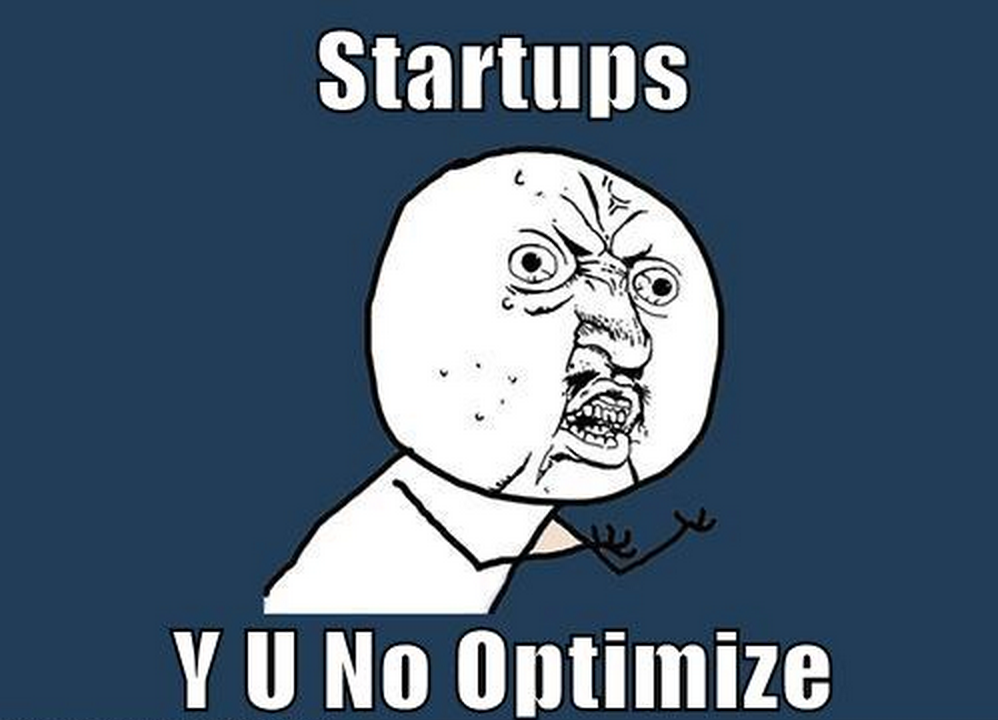 Startups looking to raise money or begin to attract the attention of investors should seek to leverage every platform possible to do so.
Startups looking to raise money or begin to attract the attention of investors should seek to leverage every platform possible to do so.
At Mattermark, we’re building a data-driven platform to quantify which startups are growing by tracking a wide range of data points for each company from open and private data sources. Startups can’t directly edit data on their company in Mattermark, but they can make sure the information pulled from open data sources is complete and accurate. This ensures companies aren’t missing opportunities to connect with investors and customers and prove growth.
Start by Managing Your CrunchBase Profile
CrunchBase is a free, crowdsourced data source (i.e. anyone can edit it) that many investors keep open in their browsers every day. It also happens to be a page-rank 7 website, meaning it’s fantastic for SEO (meaning you can get a better position in search results and more organic traffic if that website links to your website).
At a minimum, every startup should create CrunchBase pages for their company and its founders in order to make sure you show up in search results. To be useful for investors, your Crunchbase description should have:
Description: Investors are going to want to know what you do. Hopefully they can gather that from your website, but better to be safe than sorry, right?
Funding Data: Check for accuracy. Sometimes funding rounds are reported twice on CrunchBase because two users input slightly different information for funding rounds. Investors use this data to estimate when founders might be raising money again, so keep it up to date.
Location: Investors often filter Mattermark’s data for all companies in a given geography (e.g. They’re on a plane to Chicago and want to see all the Chicago startups that are growing). Make sure to at least fill out the city or country your startup is headquartered in.
Founding Date: Provide the year you founded your company. Investors often search Mattermark for companies founded after a certain year (e.g. 2009), because companies founded in the subsequent time period probably haven’t exited yet and might be raising money.
Key People: This is where you link your company’s founders to your startup page. Again, it’s great for SEO, and who doesn’t want credit for building something awesome?
Get a LinkedIn Company Profile (and Use It!)
A lot of entrepreneurs make the mistake of thinking that having a personal profile on LinkedIn is enough, when they really need to make sure to create a LinkedIn company profile for their startup. 95% of the Forbes Midas List (top investors you probably want to know about your company) have a presence on LinkedIn, only 64% on Twitter (source). It’s a great place for investors to find your company, track your progress, and for you to build thought leadership.
LinkedIn is also a great source for investors to track how fast your company is growing in terms of employment, so once you create a page for your company make sure you (the founders) and your employees list your startup as their current place of employment (image).
Get Your Startup on AngelList (and Turn on CrunchBase Sync)
Same as LinkedIn, some founders create profiles on AngelList for themselves but not for their startup. AngelList is an excellent platform for connecting with investors, building awareness, and even raising money (great tips on that here), so it makes sense to have a presence there if you’re interested in any of those things.
One other point: turn on CrunchBase sync. Back in July, CrunchBase and AngelList inked a partnership to share data, but only if startups enabled the sync feature. This way, investors using AngelList, CrunchBase, and Mattermark (shameless plug) will be sure to have the data you want them to see.
The bottom line is that the “quantitative VC” movement has begun, data is being collected, and the last thing founders need is VCs with inaccurate data, so it’s in entrepreneurs interest to ensure the data that is out there is (1) complete and (2) accurate.
Checklist – make sure you do the following:
CrunchBase:
Write or update your company’s description
Verify existing funding data, and add any missing data
Add your founding date
Add your current location
Add your founders to “key people”
LinkedIn:
Make a company page
Make sure employees list their current workplace as your official company page
AngelList:
Make sure you have a profile for both you and your startup
Turn on CrunchBase Sync
Andy is the Co-Founder & Head of Research at Mattermark. You can follow him at @SparksZilla.